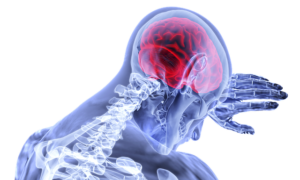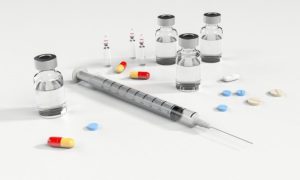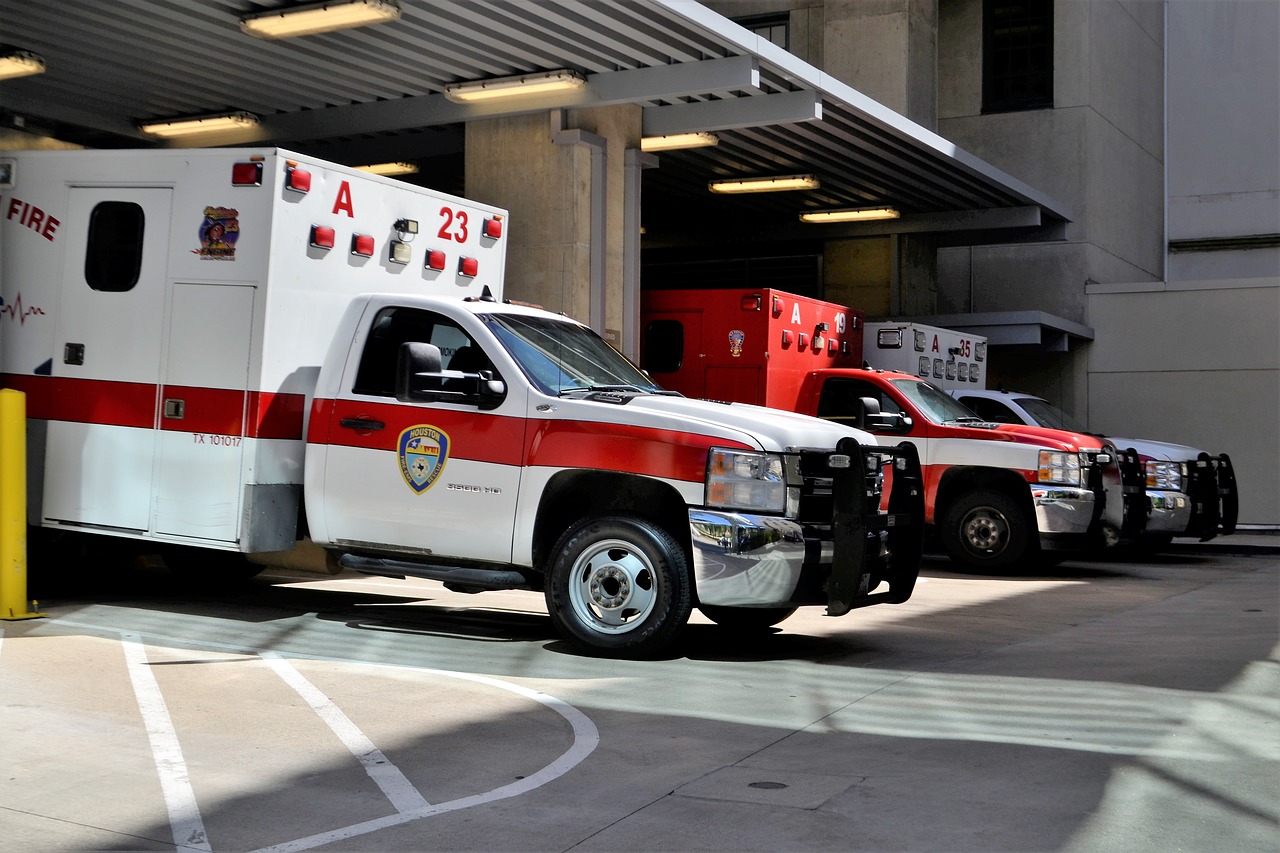Mobile Stroke Units are one of the newest resources in medical transportation. These units are equipped with the scanning and imagery equipment needed for diagnosis, as well as the tools needed for treatment. These units are also staffed with healthcare officials specializing in neurological medicine and stroke treatment and can speed up both the diagnosis of stroke type and treatment administration. The benefits inherent in the implementation of these units are broad and far-reaching, from increasing access to care in rural areas to improved recovery in stroke victims.
 Adequate treatment of stroke patients is a serious need in healthcare. During a stroke, time is of the essence, and the rule of thumb is that treatment administered within one hour of the onset of the stroke is best for a patient’s recovery. With a normal EMS unit, the patient loses time in transport both to them and back to the hospital before diagnosis and subsequent treatment can begin, putting many patients beyond the one-hour goal.
Adequate treatment of stroke patients is a serious need in healthcare. During a stroke, time is of the essence, and the rule of thumb is that treatment administered within one hour of the onset of the stroke is best for a patient’s recovery. With a normal EMS unit, the patient loses time in transport both to them and back to the hospital before diagnosis and subsequent treatment can begin, putting many patients beyond the one-hour goal.
These mobile stroke units can significantly reduce that amount of lost time by having the necessary equipment on board so that the patients can be diagnosed and receive treatment while en route to the hospital. Along with the time-saving importance of these units is the importance of the unique resources available in these units, including the imaging technology used to diagnose the stroke type. Without a diagnosis, treatment cannot begin, so the ability to diagnose in the unit is crucial. After diagnosis, the treatment tools and medicines needed are available in the unit; the clot-busting drugs can be administered to halt the progress of the stroke before the patient gets to the hospital, where they can almost immediately begin recovery and therapy.
 These units were first implemented in Germany, and many cities in the U.S. are now working to include these units in their own medical transportation resources. These units can make the most difference for patients who live farther from a hospital, such as those in rural areas, and in those situations, these units can mean the difference not only between life and death but also for a successful recovery for a patient. There are many rural areas in need in the U.S., and so these units are a resource that, for those areas, would be invaluable.
These units were first implemented in Germany, and many cities in the U.S. are now working to include these units in their own medical transportation resources. These units can make the most difference for patients who live farther from a hospital, such as those in rural areas, and in those situations, these units can mean the difference not only between life and death but also for a successful recovery for a patient. There are many rural areas in need in the U.S., and so these units are a resource that, for those areas, would be invaluable.
Alongside other programs that work to make quality healthcare available to rural areas, these units help keep all Americans within access to the care they need.
The advancements made in medicine every day are important but equally as important are the advancements made in the distribution of that lifesaving medicine, and that distribution depends on medical transportation services. These services are integral to care, in that they not only transport the patient themselves to the center of care, but also are involved in the administration of initial treatment, stabilization, and documentation of the patient. Mobile stroke units and other advancements made in the field of medical transportation can bring lifesaving aid to patients around the world.
